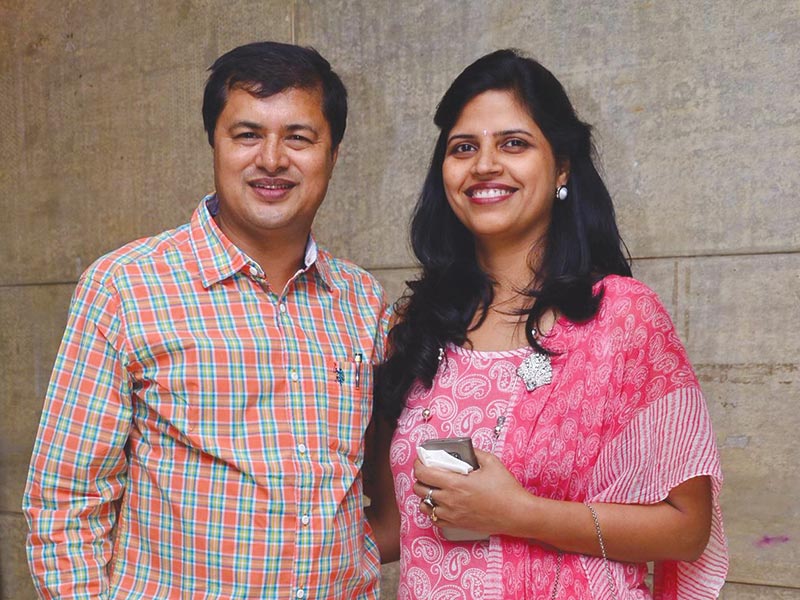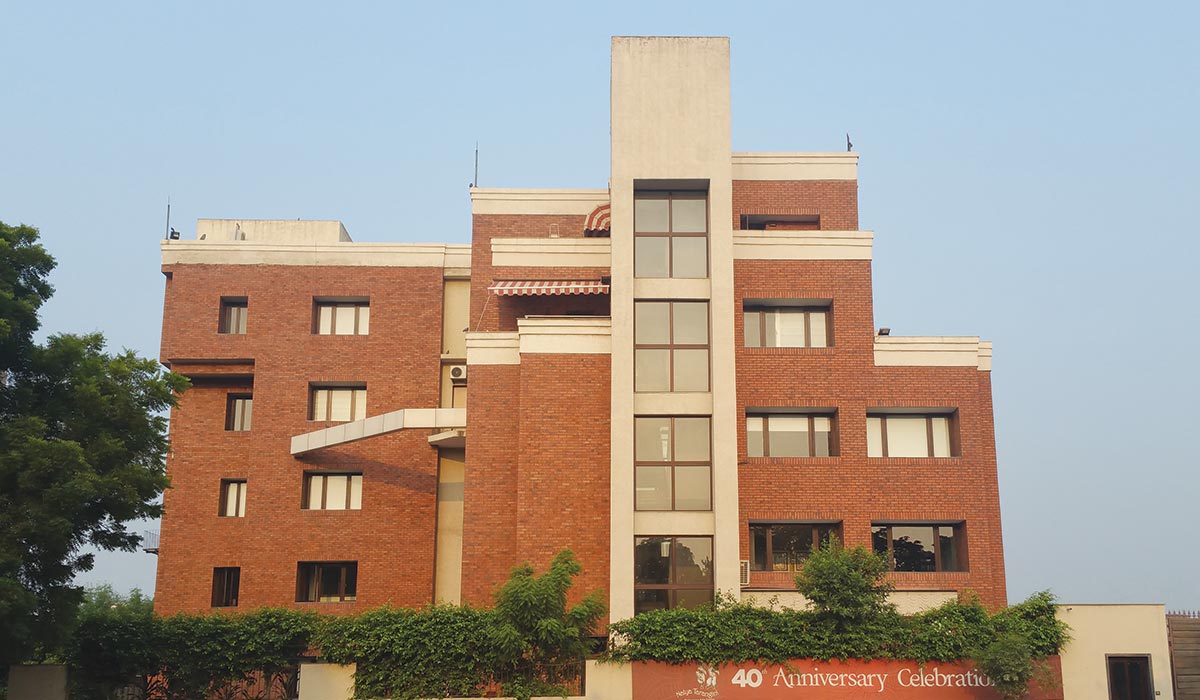
Sustainability is a way of life; it represents harmony between man and all elements of nature. It is not a physical phenomenon but is a holistic solution of one’s way of life. The five elements which are important to achieve sustainable development are: Nature, Man, Society, Shell (Built mass), and Networks.
By using local building techniques, locally available building materials, understanding the local topography, geology, soil type and water resources, we should build in coherence with nature. Emotional needs, sense of security and beauty, and human relations affect the choices of man with regard to sustainability. Cultural patterns, economic development, social status, political aspects, laws and administration, population and literacy are all factors on which sustainability is dependent.

Natural elements and man-made elements need to integrate as one, the build mass should not seem like a foreign element. Networks of communication include our water supply systems, road, rail, waterways and airways, power supply, sewerage and drainage systems, and media are parties to achieving sustainability. The biggest challenge to create sustainable buildings lies in the interdependency of these factors. The availability of all these factors at a given site may not be mandatory, and this hinders the process of achieving sustainability.
By using local building techniques, locally available building materials, understanding the topography, geology, soil type and water resources, we should build in coherence with nature
We admire...
I had the opportunity of personally experiencing the Heritage Madurai Hotel. The original project, which included only the club house of the present complex, was designed by the legendary Sri Lankan Architect Geoffrey Bawa. The complex integrates the indoor and outdoor spaces, using local techniques and materials, keeping in mind the climatic conditions of the area. The way in which nature has been integrated with the built spaces is truly inspirational.















